8 Interesting Facts About Machu Picchu in Peru
ABOUT
At Our Whole Village, we plan meaningful vacations for families who want to create lifelong memories and show their kids the world in a more conscious and intentional manner.
WORK WITH US
We help families take meaningful vacations so that they can escape everyday life, show their kids the world and make lifelong memories - with care, confidence and peace of mind.
THE BEST FAMILY VACATIONS BY AGE
Your (free) guide to the top travel destinations for families with babies, teens and everyone in between.
DOWNLOAD NOW
ABOUT US
May 6, 2019
In 2007, Machu Picchu made the list of the New Seven Wonders of the World, and it’s little wonder when you learn more about its amazing history and architectural features. Machu Picchu was built by the Incan Empire, one of the largest in pre-Columbian America.
The Incan Empire stretched from Argentina to Bolivia, Chile to Ecuador and enjoyed its height around the same time that Leonardo da Vinci worked busily on the Mona Lisa back in Europe (approximately 1503-1506).
Ready to learn more about this marvel of the ancient world? Read on for interesting facts about Machu Picchu. Let’s see how much of this trivia you already know.
1. “Old Mountain”
When you visit Peru, you’ll hear the Quechua language spoken in the villages and towns surrounding Machu Picchu. Quechua dates back even further than the Incan civilization. As a result, you’ll find many local places with Quechuan names including Machu Picchu. In Quechua, Machu Picchu means “Old Mountain” or “Old Peak.”
2. The Sacred Valley
While most visitors focus on the ruins of Machu Picchu, the landscapes enveloping it prove just as stunning as the stone ruins themselves. On your way to Machu Picchu with kids, keep your eyes open for exceptional views extending across the Sacred Valley and along the Urubamba River below. The valley sits cradled between the impressive Andes Mountains that dominate the scenery, and these mountains continuously change with the light and seasons.
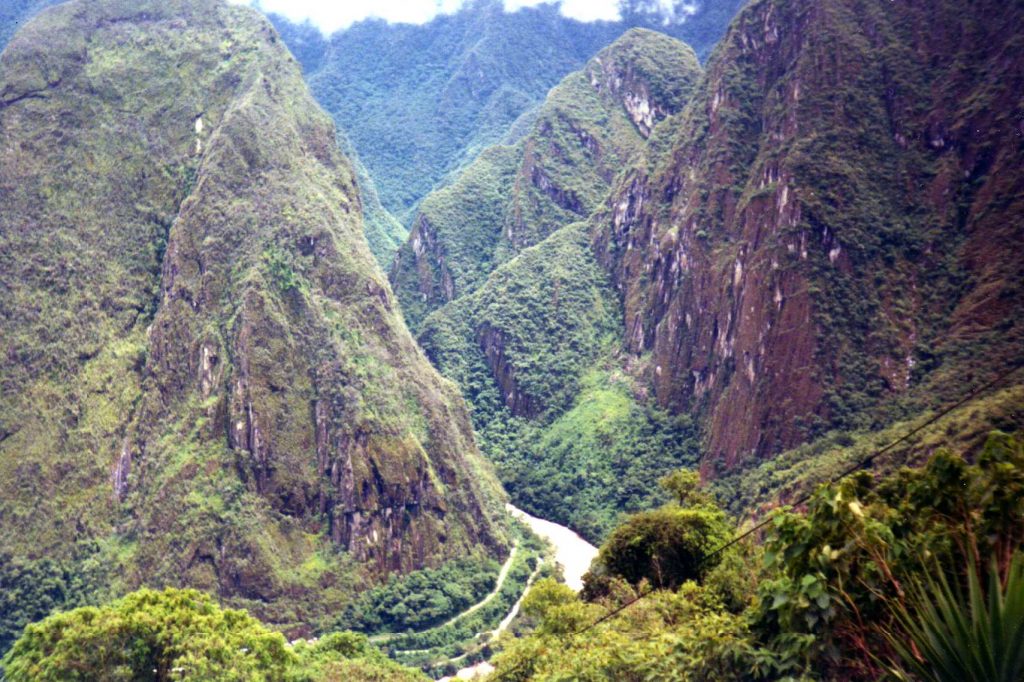
3. Hiking Options
Although the famous Inca Trail gets all of the attention, there are a handful of hiking options when it comes to reaching Machu Picchu. This includes the Inca Quarry Trail departing from Ollantaytambo, another ancient Inca city and gateway to Machu Picchu. Along the way, you’ll visit many local villages and significant, yet lesser known, archaeological ruins. Like the Inca Trail, however, the Inca Quarry Trail proves challenging and is not suited for younger children. What’s more, the Peruvian government has now made it mandatory for visitors to have guided tours. Fortunately, a great private guide is the best way to ensure you see the Sacred Valley and Machu Picchu with kids at your own pace.
4. Master Stone Masons
The Incas built Machu Picchu using a technique called ashlar. This means the stones of the structure were cut and fit with such precision that mortar proved unnecessary. In fact, the Inca did their jobs so well that today you can’t even fit a loose sheet of paper or a knife blade between some of these stones. The compound also contains more than 100 different flights of stairs, and each of these was carved out of one slab of stone.
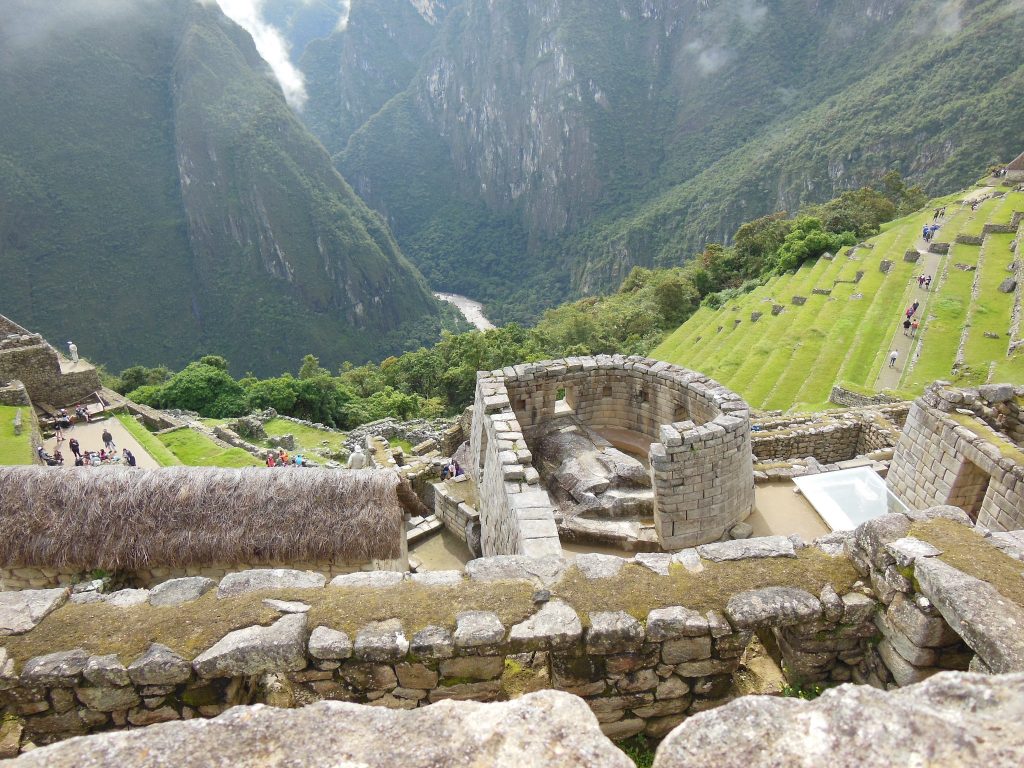
5. A Monumental Undertaking
Located 7,972 feet above sea level, Machu Picchu towers above the world. Its elevation left archaeologists wondering where the large granite stones used to construct the massive complex originally came from. Many of these stones weighed more than 50 pounds and were used to craft more than 150 buildings including sanctuaries, temples, and bathhouses. Since evidence points to the fact that pre-Columbian South Americans never invented or used the wheel, that means Inca men used their brute strength to push these rocks thousands of feet in elevation to the present-day location of Machu Picchu.
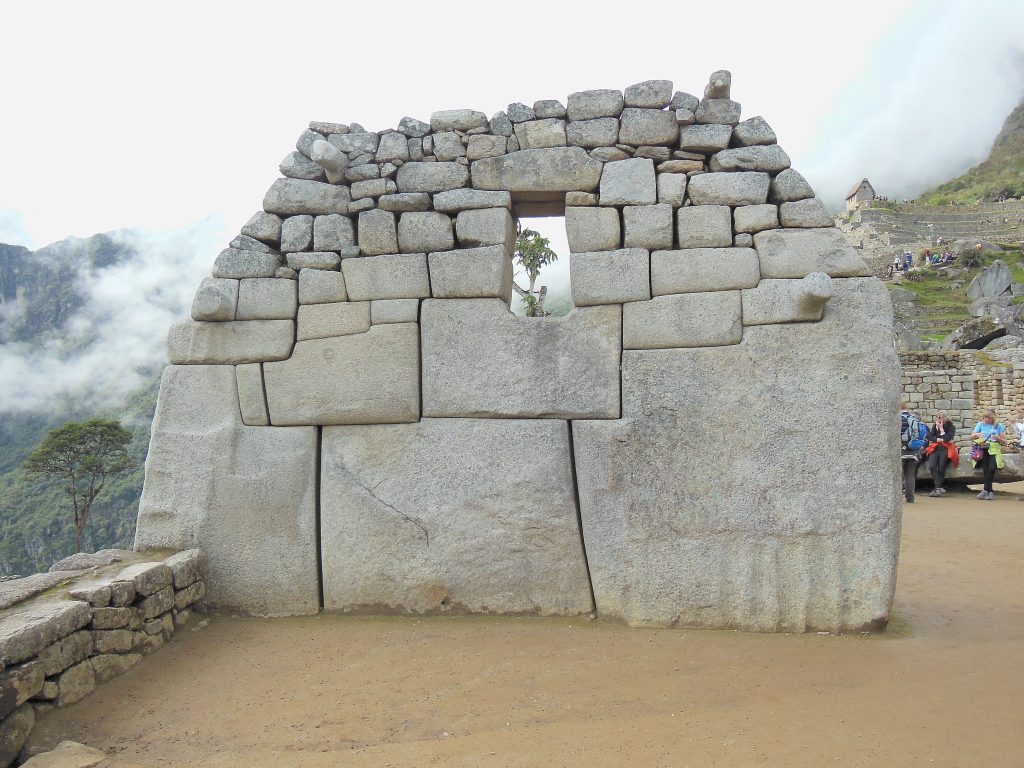
6. A Well-Preserved Moment in Time
Unlike many other Inca settlements destroyed by the Spanish during their conquest of South America, Machu Picchu remained a hidden location. As a result, it represents a true archaeological gem as well as a testament to this sophisticated, ancient civilization. Evidence actually suggests that Machu Picchu was abandoned before the arrival of Spanish conquistadors to the area, but researchers still debate why this might have been the case. While some scholars propose a smallpox epidemic wiped out the sacred complex, little evidence remains to either prove or debunk this theory.
7. Llamas Versus Alpacas
Besides vistas of the gorgeous Sacred Valley and glimpses of the Inca Empire’s heyday, Machu Picchu also provides excellent opportunities to see firsthand the differences between llamas and alpacas. Llamas grow up to twice the size of alpacas and belong to the camel family. Both animals can be found grazing the grounds of Machu Picchu. They’re also both prized for their impossibly soft wool.
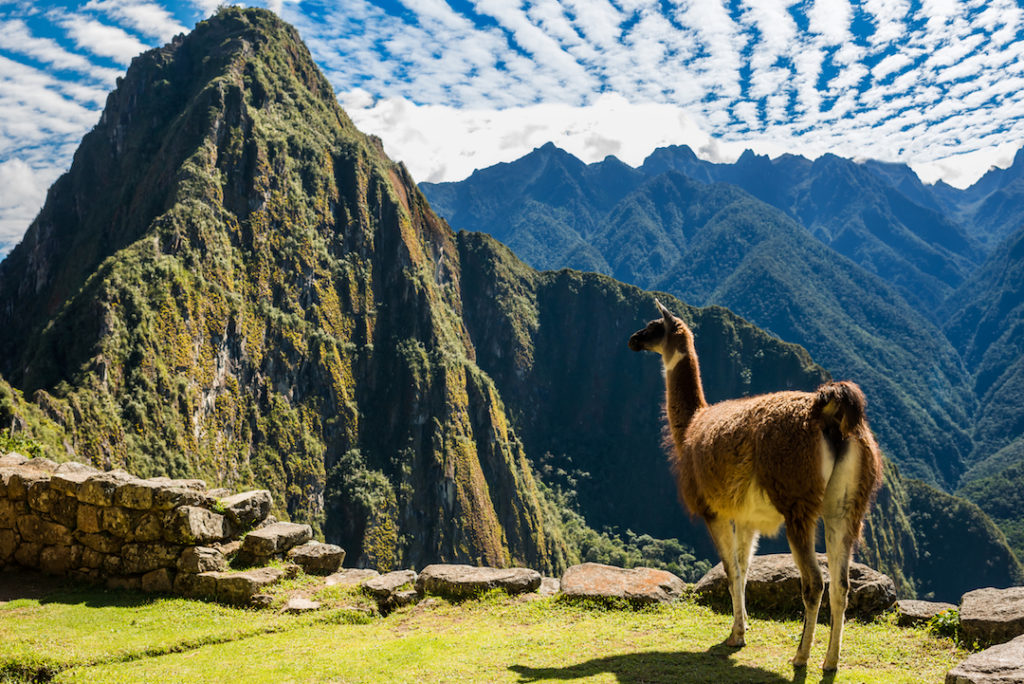
8. Don’t Forget Your Passport!
Before leaving on your trek to Machu Picchu, make sure to pack your passport. Don’t worry! It’s not a required item to enter the sacred site. But you can get it stamped at the entrance, which makes for a fun souvenir from your travels to the Sacred Valley.
Interesting Facts About Machu Picchu in Peru
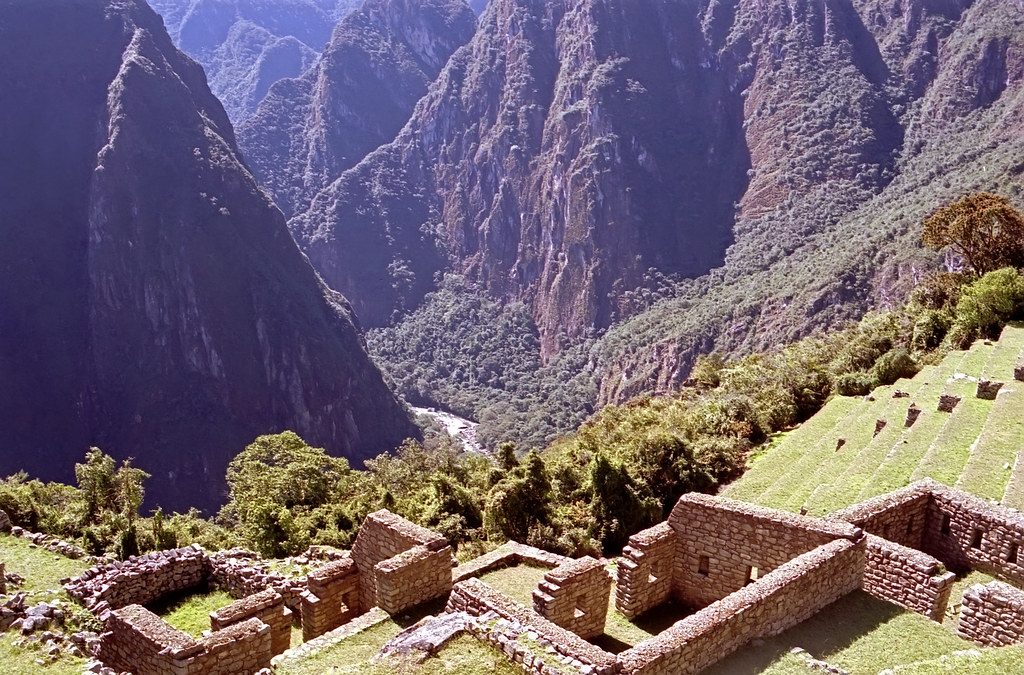
Did any of these interesting facts about Machu Picchu surprise you? Are you ready for your own adventure to the Sacred Valley? Check out our Peru Family Adventure, a well-paced, immersive vacation that brings Peru with kids to life through some of its most enduring and culturally-rich landscapes.
At Our Whole Village, we craft transformational trips for curious families who want to create lasting memories while making a difference. We’re here to help you and your family experience the world, its peoples, and its cultures. Contact us today to learn more about the unforgettable journeys that we handcraft for curious families just like yours.
OUR SERVICES
HOME
COPYRIGHT © OUR WHOLE VILLAGE 2021
DESIGN BY GIRLBOSS DESIGNER | CUSTOMIZED BY ALEX COLLIER DESIGN
about
TRAVEL SERVICES
DESTINATIONS
BLOG
PLAN A TRIP
FREE TRAVEL GUIDE
TERMS AND CONDITIONS
hello@ourwholevillage.com
+1 305 432 2612